Have you ever wondered which is better, fresh garlic vs. garlic powder? What about garlic powder and garlic salt? Is one better than the other? From both a flavor standpoint and health standpoint does it make a difference if you use fresh garlic or a dry powder?
I typically use fresh garlic in my cooking. I love the pungency and bite it gives food. Sometimes I just want a hint of garlic – I don’t want it overwhelming the dish…or scaring away the next person I talk to!
Would garlic powder work better in some dishes? When should you use one over the other, and is there a role for garlic salt? How is garlic salt different from garlic powder?
In this article, you’ll learn first all about fresh garlic including how to choose it at the store, store, and cook with it. Then, you’ll learn about those jars of bottled, chopped garlic you see in the spice aisle. Finally, you’ll learn about garlic scrapes and why you should pick some up when you see them this spring.
Table of Contents
About Garlic
Surprisingly, garlic is a vegetable but is treated more like an herb in cooking. It is from the same family as onions, leeks, and shallots and grows below ground. Once harvested and dried, it delivers a unique, sharp flavor to raw and cooked dishes.
Garlic has been used for centuries in the Mediterranean, Latin American, and Asian cuisines. It is thought to have originated in Asia. Over time garlic made its way to the Mediterranean countries and throughout Europe where it was used as a seasoning in food as well as a medicine.
From its early use to ward off evil spirits to its use as an antibiotic by the Germans and Russians during WWI and WWII, and today’s research on its antioxidant properties, garlic is one of the most studied and used medicinal herbs in the world.
The Health Benefits of Fresh Garlic
While the flavor is what you probably think about when using garlic, that is just the beginning of its superpower. It has health benefits too.
Inside each little clove of garlic hides a rarely considered nutrient called allicin. The word looks fancy but it is pronounced similarly to the woman’s name “Allison.”
Allicin is an antioxidant and also the component that gives garlic its sharp flavor. It is also what seems to be responsible for most of garlic’s therapeutic activity.
Like many plants, garlic’s internal defense from allicin works to fend off disease and damage from insects. Garlic itself has been used since ancient times to enhance stamina and strength, treat arthritis, heart conditions, and stomach discomfort. Over time, researchers have found that they may not have been far off.
Eating garlic has been shown to:
- Support heart health – Raw garlic, garlic powder, and garlic oil have all been shown to have a cholesterol-lowering effect and the ability to reduce LDL cholesterol in people with high cholesterol levels.
- Reduce blood pressure – Research done in 2015, found that people with high blood pressure who took garlic supplements had significant reductions in their blood pressure compared with people who didn’t take the supplements.
- Support immune health – Eating garlic, onions, and leeks have been shown to reduce the rates of stomach, esophagus, and throat cancers, and may reduce the severity and length of the common cold.
- Support gut health – Garlic contains garlic fructan, a prebiotic, meaning it provides food for the beneficial bacteria in our stomach and intestines (GI tract). A diet rich in prebiotics has been tied to immune system strength and may have a role in supporting gastrointestinal health.5
- Support brain health – Just as garlic works in our GI tract feeding the good bacteria, that bacteria helps signal our brain, keeping the brain’s communication pathways open. And, just as plaque builds up in our arteries, it does the same thing in our brain. Garlic’s role in reducing cholesterol levels helps reduce plaque build-up in our brains too.
Allicin isn’t available until it is released from the cells within the garlic clove. Cutting, chopping, or mincing garlic makes the allicin available. It takes time for allicin to reach its full potential and to be available for absorption. Exposing the cut, chopped, or minced garlic to air releases and increases the effectiveness of the allicin.
Cut, chop, mince, or crush garlic and allow it to sit for 10 -15 minutes before you begin cooking with it or add it to your food. You get the most benefits from eating it raw or limiting its time exposed to heat. If you do cook with garlic, add it toward the end of your cooking or use it in salad dressings, sauces, and marinades for maximum benefit.

To get the most health benefits from fresh garlic, chop or mince your garlic 10 -15 minutes before you are ready to use it.
What About Pre-Chopped Garlic?
These little jars sure are convenient and last longer than fresh garlic does, but do you get the same health benefits that you do from fresh? Some research suggests that the prechopped, bottled may lose much of its allicin content into the water or oil it is stored in.
If you are looking just for flavor, the prechopped is a great option but if you really want all the health benefits too, use it in a pinch and go with fresh most of the time.
How to Cook with Fresh Garlic
When aptly used in cooking it is a delicious complement to many dishes and pulls out the other flavors in foods. However, when overcooked, especially if burned, garlic gives off a bitter flavor. Slow cooking or roasting allows its flavor to soften and become almost nutty and sweet, leaving just a hint of the sharpness it once had.
There are a few tricks beyond just the nutritional benefits when cooking with garlic.
Number one – don’t overdo it, especially when using it raw, in salads, marinades, or dressings. Garlic has a strong flavor that can quickly overpower a dish. There are only a few sauces or dishes that can hold up to a lot of garlic, like tabbouleh and pesto but otherwise, remember, a little goes a long way, and having just enough to pull its flavor through the dish is usually plenty.
If you are using it in a cooked dish, be careful to not burn it. When garlic burns it becomes bitter. Add it toward the end of the cooking process to get the maximum benefit from allicin and the best flavor.
Roasted garlic is also a delicious way to add a mild flavor to a dish or use it as a spread on bread or crackers. It has a much milder flavor without the sharp bite that raw garlic has.
To roast garlic, take a full head of garlic and slice off the top ¼ inch, so it is flat and you can see the tops of each clove. Wrap it in aluminum foil and place it in a 400°F oven for about 45 minutes. Remove it from the foil and you’ll be able to squeeze the garlic out of each “pod.” It will be soft and have a very mild garlicky flavor that adds a savory, roasted flavor when mixed into sauces, spread over a slice of bread, or mixed into mayonnaise for pasta or chicken salad.
How to Pick and Store Fresh Garlic
When shopping for garlic, look for a head that is tight and firm. If the cloves are separating or it gives when you press gently on it, it is starting to become over-ripe. If you see a little green piece growing from the top of the cloves, it is also over the hill.
Properly storing fresh garlic will help it last longer and continue delivering a beautiful flavor. If it starts to sprout, it’s time to toss it in the trash or compost bin and time to pick up a new head. The head of garlic should be firm and the cloves plump and without green sprouts. Over-the-hill garlic is also bitter and won’t add the flavor you desire.
Store it in a cool, dark pantry, away from potatoes or apples. They give off an enzyme that speeds up the ripening process causing the garlic to sprout and become mushy.
Now that we’ve covered the benefits and how to choose and prepare fresh garlic, let’s tackle those bottles of garlic powder and garlic salt.
Garlic Powder
The Benefits of Garlic Powder
So back to the original question. Fresh garlic vs. garlic powder – what about garlic powder? Is there ever a time you should use garlic powder instead of fresh garlic?
The short answer is Yes!
Garlic powder is an essential part of a well-stocked pantry. It is great to add to spice blends, like my southwestern seasoning blend. It is ideal for times when you want just a bit of garlic flavor but don’t want to use a whole clove of garlic – or for times when you run out of fresh garlic! We’ve all been there, right?
While fresh garlic contains some vitamin C, garlic powder loses most of it during the drying process. It does however retain its allicin content. The heat drying process is done at a low enough temperature that it doesn’t destroy the allicin, it just inactivates it. Once it is mixed into a liquid the allicin comes back to life.
How to Store Garlic Powder
As with all spices, keep your garlic powder in a tightly sealed container, away from heat and humidity. That means away from your stove! Yes, you heard me correctly. Despite all those fancy pull-out drawers that kitchen designers want you to have right next to your stove for “convenience” that is the worst place to store your spices!
Garlic powder, if stored correctly, will keep for 6 -12 months. If you’ve had yours longer than that, it won’t go “bad” but it may not be as potent as it was when you first purchased it so you may just need to adjust the amount you use to get the flavor you desire.
How to Make your own Garlic Powder
Can you make your own garlic powder? Absolutely! This is actually a great way to use up fresh garlic if you have a lot. Here’s how to do it:
- Peel cloves of garlic making sure to get all the skin off.
- Slice each clove into thin slices
- Place the slices on a baking sheet in a single layer
- Place the sheet in a low oven (about 150°F) and cook them until the slices crumble in your hands.
- Crush the slices with a mortar and pestle or blend them with a spice grinder until you have a fine powder and then place the powder in clean jars.
- Shake the jar every day for a week or two just in case there is any moisture left so it redistributes and dries.
- Homemade garlic powder (as long as it is really dry) will last about a year if kept tightly sealed and stored in a cool, dry place.
Garlic Powder vs. Garlic Salt
Okay, so what about garlic salt? Garlic salt is really just garlic powder with salt added. Since it is a salt, if you are trying to cut back on the amount of salt you use, I’d opt for using garlic powder versus garlic salt. If all you have is garlic salt, go ahead and use it, just don’t add additional salt to your dish.
Garlic Scapes
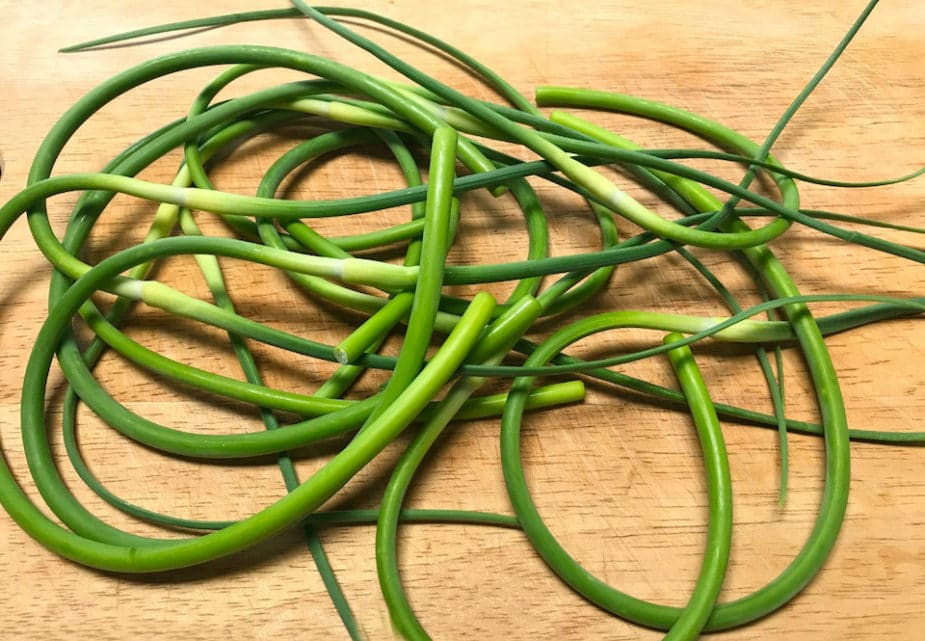
Maybe you’ve seen bunches of these curly green stalks at a farmers market and thought they were wild onions that grew in a weird shape or were some kind of bean. They aren’t a weird new vegetable. They are a treat and usually only found in the early spring.
What are garlic scapes?
These are the green curly stems that grow from the garlic bulb and sprout in the spring. They look a bit like a wild onion and have a light garlicky flavor. Farmers cut them from the garlic so the bulb gets more of the energy and nutrients to continue to grow.
These long curly tendrils are a delicious treat when you can find them. They have a good, garlicky flavor, but are a bit less “bitey.” When cooked the flavor mellows even more and becomes a bit sweet.
Now, garlic scapes are not the little green sprouts that grow from the older cloves in your pantry. Unfortunately, those little green sprouts are just a sign that your garlic is old. They can be used, but are really pretty bitter and best trimmed as soon as you see them!
What are the nutritional benefits of garlic scapes?
While there isn’t much information available about the nutritional makeup of garlic scapes, they are low in calories, high in fiber, and contain antioxidants. They also have the same sulfur compound allicin that the garlic bulb contains, just in smaller quantities.
Enjoying garlic scapes when they are available in the spring will add flavor as well as fiber, antioxidants, and allicin to your diet.
How to use garlic scapes?
Garlic scapes can be chopped and used raw in pestos or sauces, as I did with this chimichurri sauce.
You can grill them, add them to stir-fries or toss them with a little olive oil and roast them with other vegetables.
Don’t pass these up if you see them at your local farmer’s market this spring! Buy a bunch and give them a try.
Bottomline
So, fresh garlic vs. garlic powder? Garlic powder vs. garlic salt? And what about garlic scapes?
Each has a role and a place in adding flavor to food and all have nutritional benefits.
Fresh garlic is ideal for pestos, dressings, and sauces where you really want a punch of flavor. It is also great sauteed with onions and other vegetables when making a sauce or soup.
Garlic powder works well when added to foods like meatballs, taco meat, or used in spice blends (like my southwest seasoning blend). Garlic salt can replace garlic powder and salt in a dish.
You can use garlic scapes to replace fresh garlic in pestos and sauces. They can also be used as a vegetable and added to stir-fries or enjoyed roasted or grilled.
Want to find new ways to add garlic to your meals? Download my 7 day “Brain Boosting Meal Plan here for recipes that include garlic and will help support brain health! You’ll receive monthly updates from me with recipes, tips, and ideas for meal planning and how to age gracefully and tastefully.
References:
Mohammad Shafiur Rahman (2007) Allicin and Other Functional Active Components in Garlic: Health Benefits and Bioavailability, International Journal of Food Properties, 10:2, 245-268, DOI: 10.1080/10942910601113327
Wang, H. P., Yang, J., Qin, L. Q., & Yang, X. J. (2015). Effect of garlic on blood pressure: a meta-analysis. Journal of clinical hypertension (Greenwich, Conn.), 17(3), 223–231. https://doi.org/10.1111/jch.12473
Wan, Q., Li, N., Du, L., Zhao, R., Yi, M., Xu, Q., & Zhou, Y. (2019). Allium vegetable consumption and health: An umbrella review of meta-analyses of multiple health outcomes. Food science & nutrition, 7(8), 2451–2470. https://doi.org/10.1002/fsn3.1117

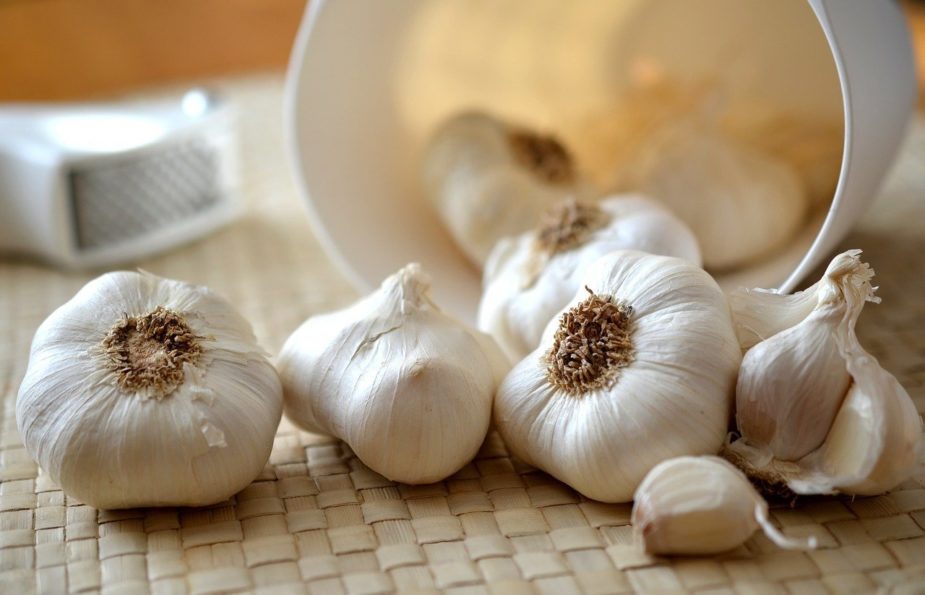

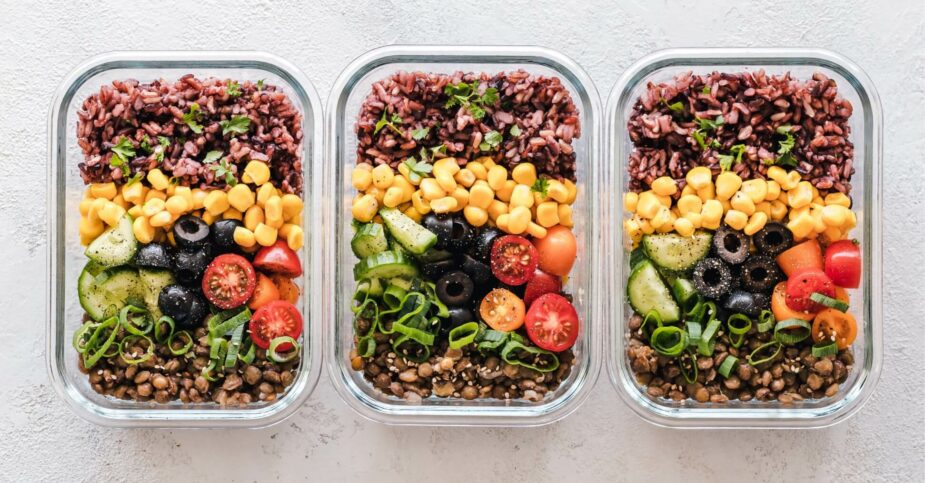
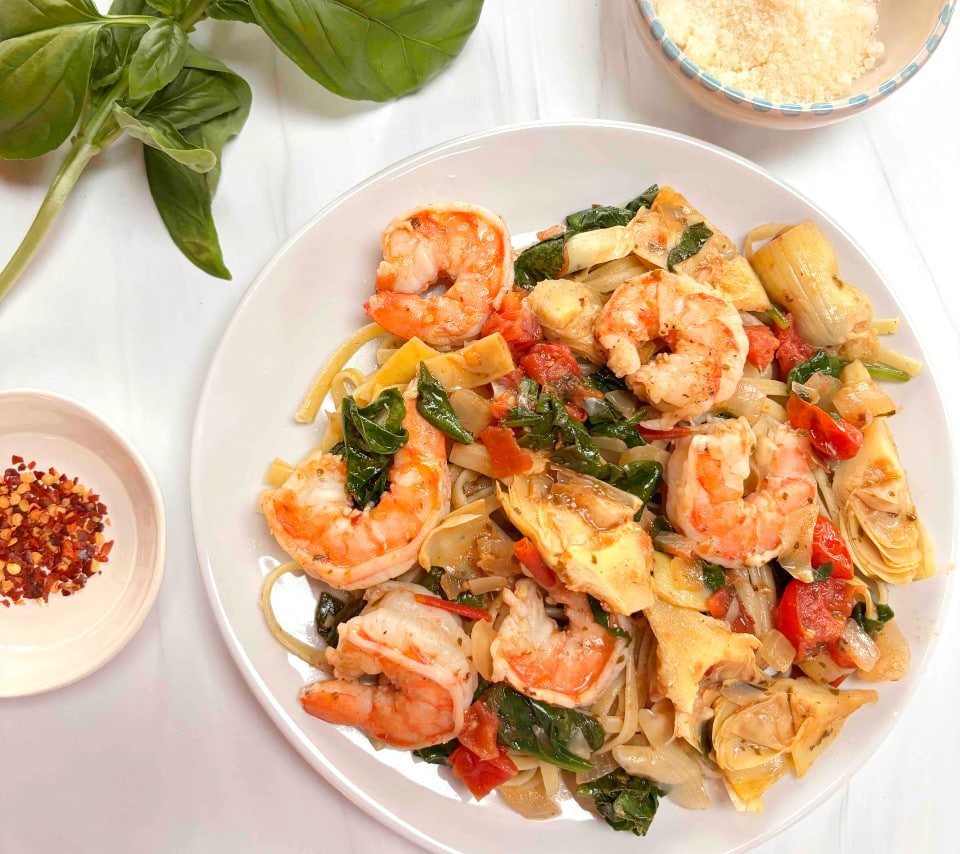
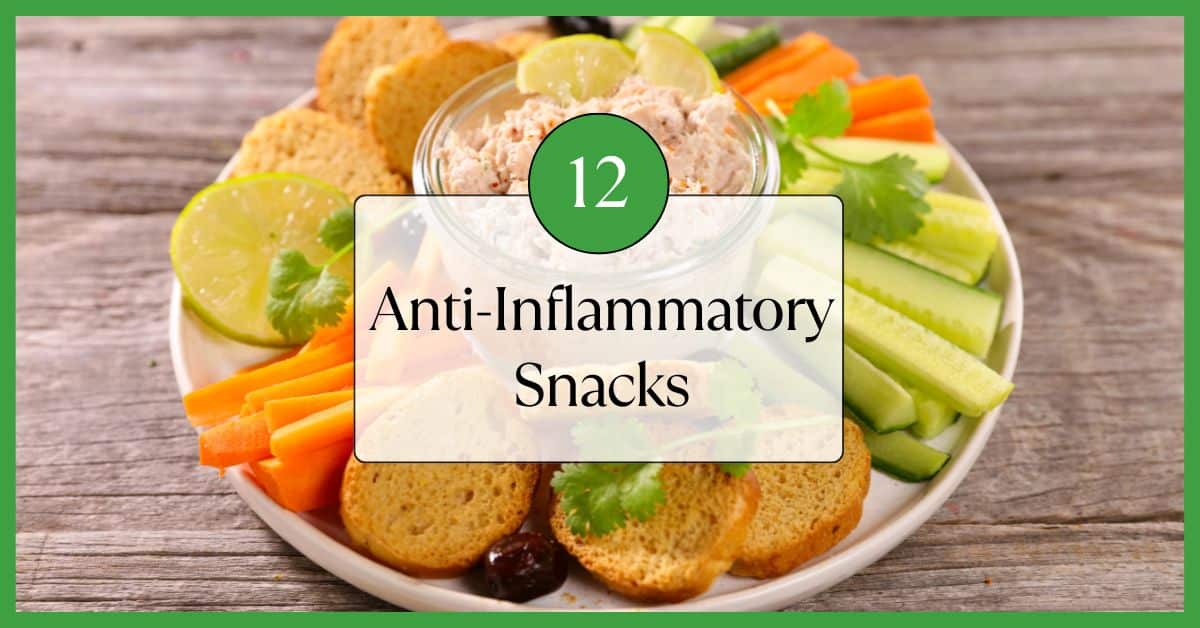
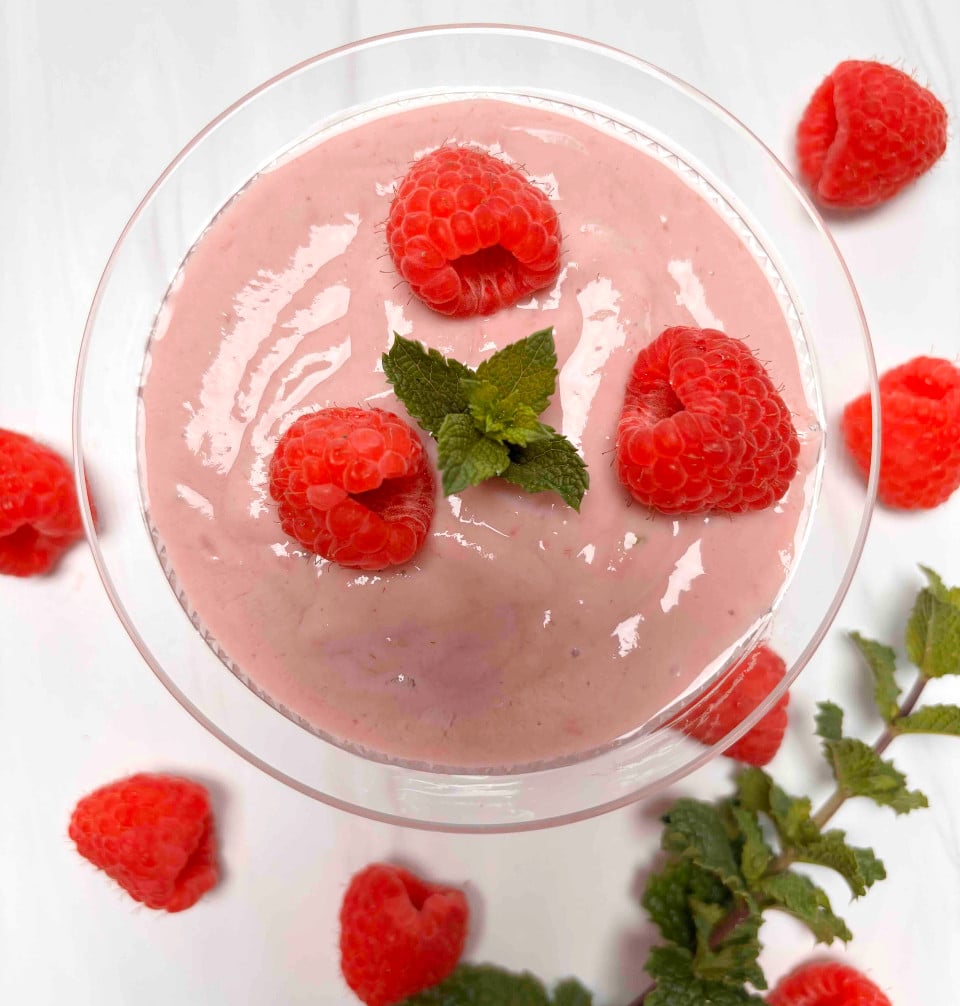

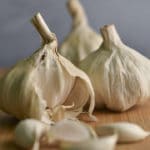
2 thoughts on “Fresh Garlic vs. Garlic Powder: Have you ever wondered which one is best?”
Why not plant the sprouted cloves/bulbs?
HI TRC, thanks for your comment!
I am not a gardening expert, but from what I’ve read, you could try that. Separate the cloves and plant them in soil (supposedly a garden pot or in the ground will work) and each clove may grow into a garlic bulb. They mentioned that planting in fall is best because they need cold weather for a period of time to form into bulbs.
One site mentioned that store-bought garlic may not work well but it’s certainly worth a try.
Laura